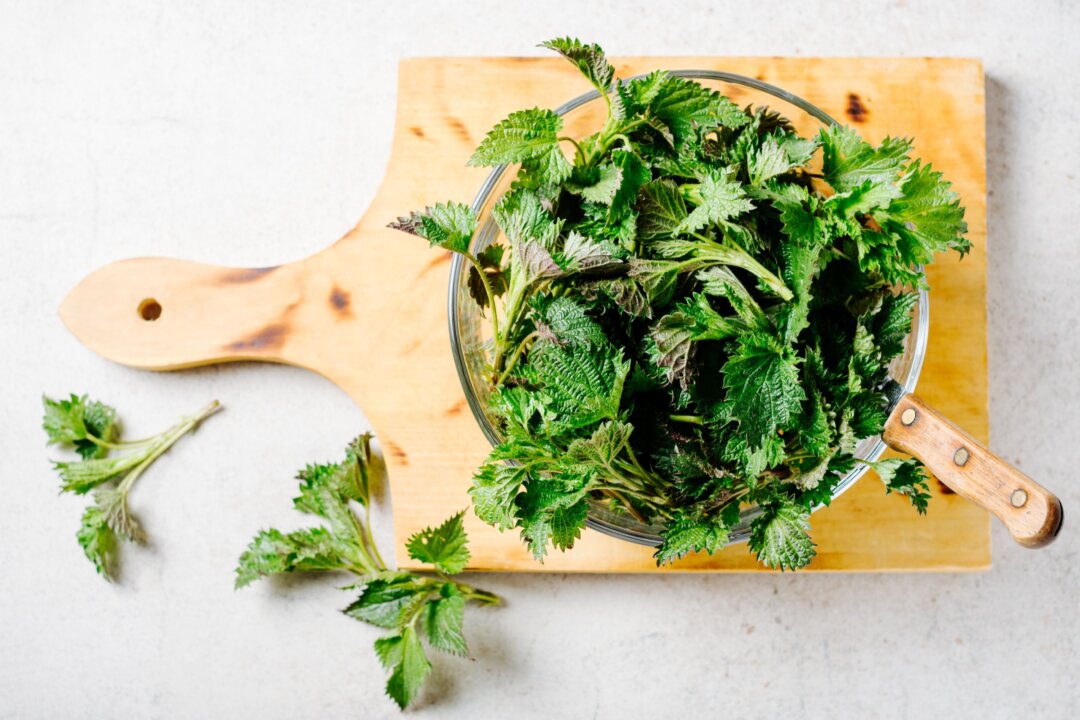Recently, I gave a presentation about edible plants at my local library. Kitchen herbs, in fact, that double as medicinals, which people can easily grow in their gardens or on window sills. While preparing my presentation, I was reminded that this topic is immense in its breadth and depth.
One number especially stood out and even stopped me in my tracks. Others, like the Madagascar periwinkle (Catharanthus roseus), the tropical soursop, and even a houseplant with the name of Kalanchoe blossfeldiana, we find less familiar. Common Dandelion Taraxacum officinale, commonly known as dandelion, is not only a medicinal herb but an edible vegetable.

Especially young leaves are tender and round out the taste in any salad, gifting it a slightly bitter flavor—which is a sign of assisting digestion. Dandelion is a true all-rounder. Featuring among others, vitamins A, C, B, and D, the minerals potassium and calcium, and traces of iron, magnesium, manganese, and zinc.
Stinging Nettle Runner-up in the title of highly medicinal weeds is Urtica dioica. In many temperate places, nettles grow like a pest and are unwanted wildflowers by many. Full of provitamin beta-carotene, vitamins A, B, and C, minerals iron, magnesium, potassium, and calcium, this protein-rich perennial herb is loaded with health benefits.
But the loaded weed can do more. Greater Burdock Continuing to feature weedy wildflowers that grow in many disturbed areas around the United States, and are surely to be found in an empt.
















